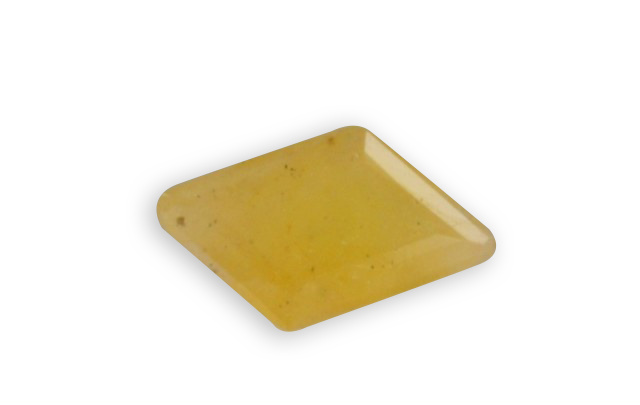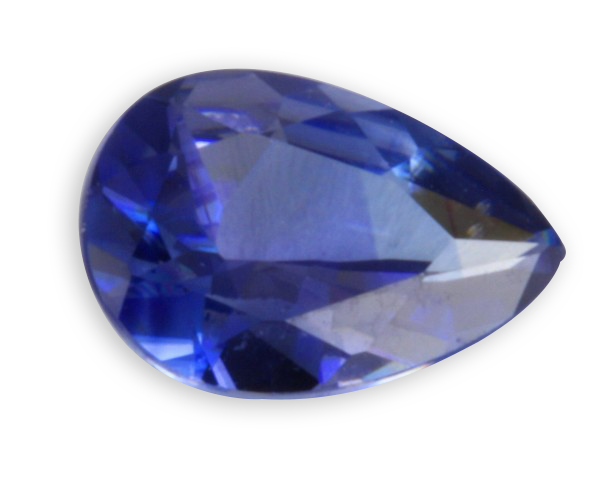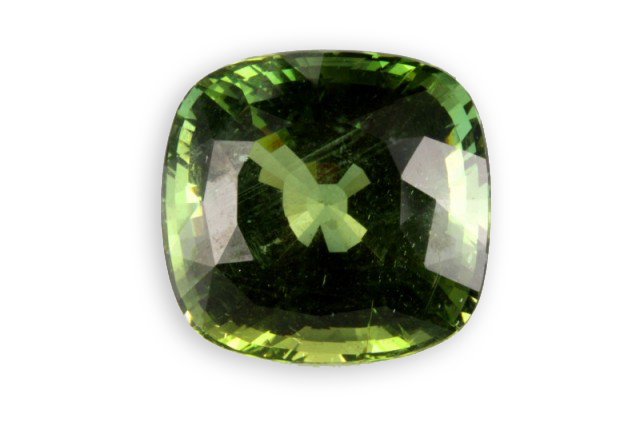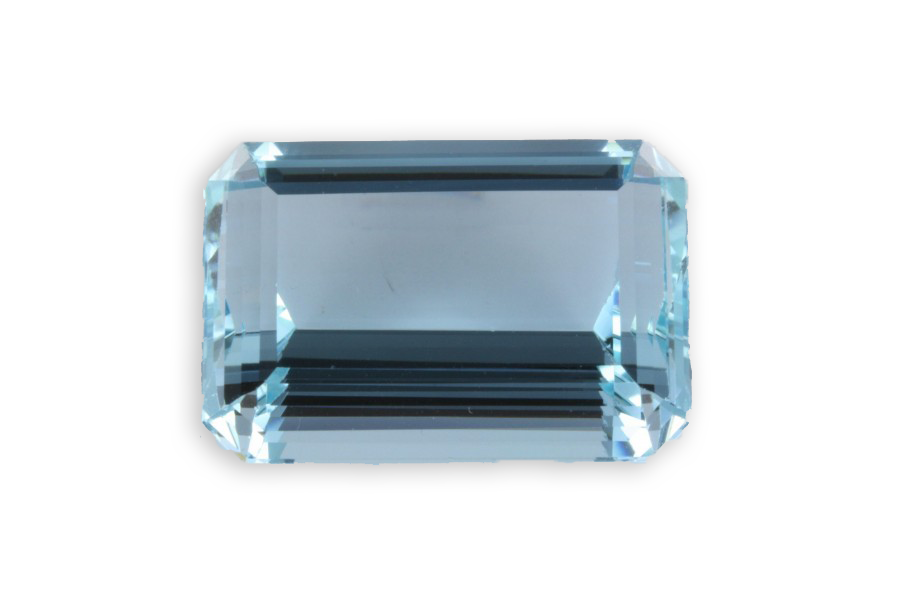
cancrinite
It was identified in 1839 by a German mineralogist and named in honor of the Russian Finance Minister George Kankrin (1774-1845). This stone is particular : it is a silicate but effervesces with acid because it contains carbonates.
Je vous emmène à travers mes vidéos découvrir mon expérience acquise depuis plus de 30 ans a silloner le globe entier à la recherche de pierres précieuses, de rencontre mémorables mais aussi de difficulté parfois …

It was identified in 1839 by a German mineralogist and named in honor of the Russian Finance Minister George Kankrin (1774-1845). This stone is particular : it is a silicate but effervesces with acid because it contains carbonates.



It takes its name from the mine Bastnas Riddarhyttan in Vastmanland in Sweden where it was discovered. There are three varieties of bastnaesite based on the predominant “rare earth element” (rare metallic chemical elements) in it. Here lanthanum is the dominating but also cerium can


Its name comes from the latin “aqua marina”, meaning “water of the sea”, because of its seawater color, the dark blue is the most desidered color…like the ocean! Belongs to the beryl group, same as Emerald which is a deep green beryl. Aquamarines have been